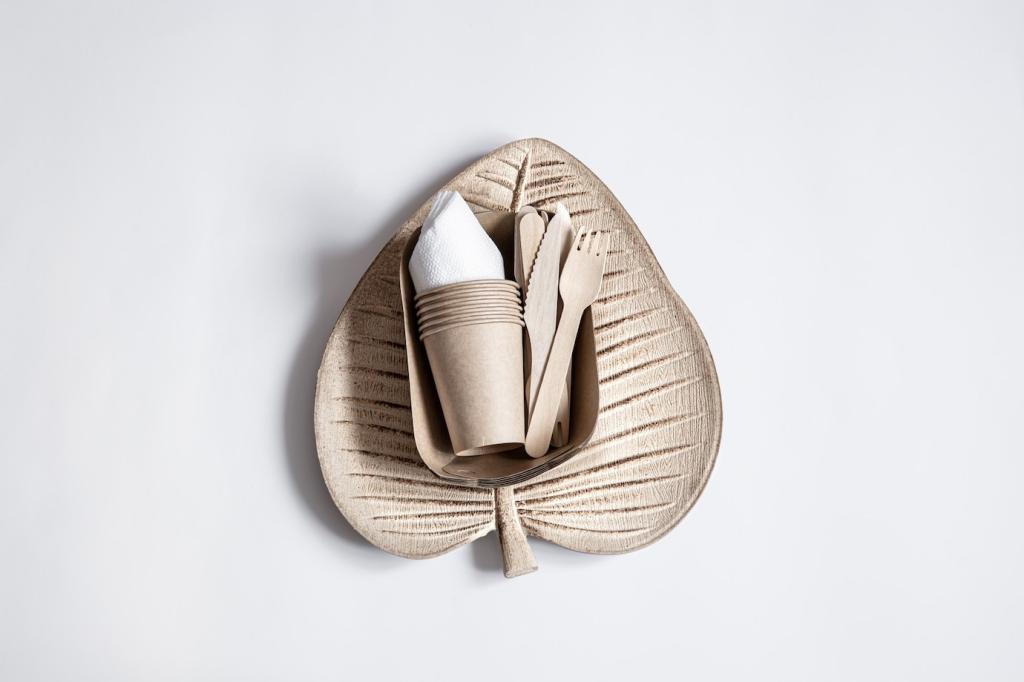Bedrooms and Spa Suites: Microclimates of Calm
Target CO2 under 800 ppm at night with low, steady fresh air delivery and silent diffusers. Use return grilles away from the bed to prevent drafts, and ensure filters are fresh before allergy season sets in.
Bedrooms and Spa Suites: Microclimates of Calm
Spa zones spike humidity quickly. Variable-speed exhaust, door sweeps, and short post-shower purges prevent condensation and protect cabinetry. A small hygrometer turns self-care into science, keeping relative humidity comfortably balanced while your spa rituals remain indulgently serene.






